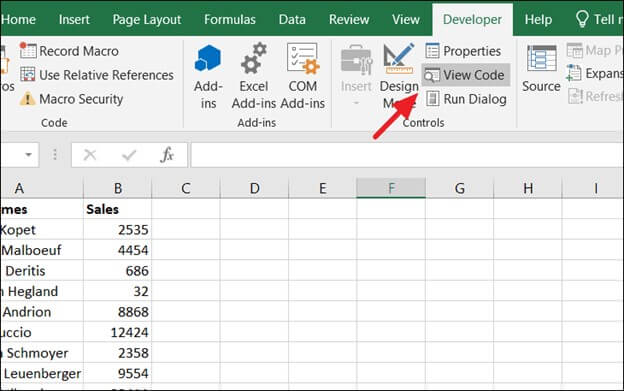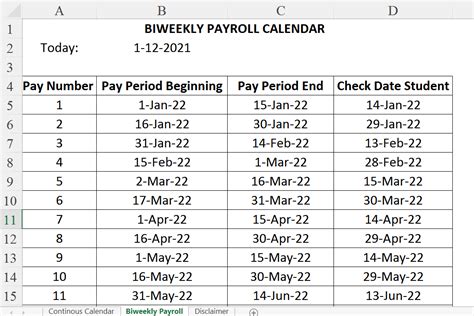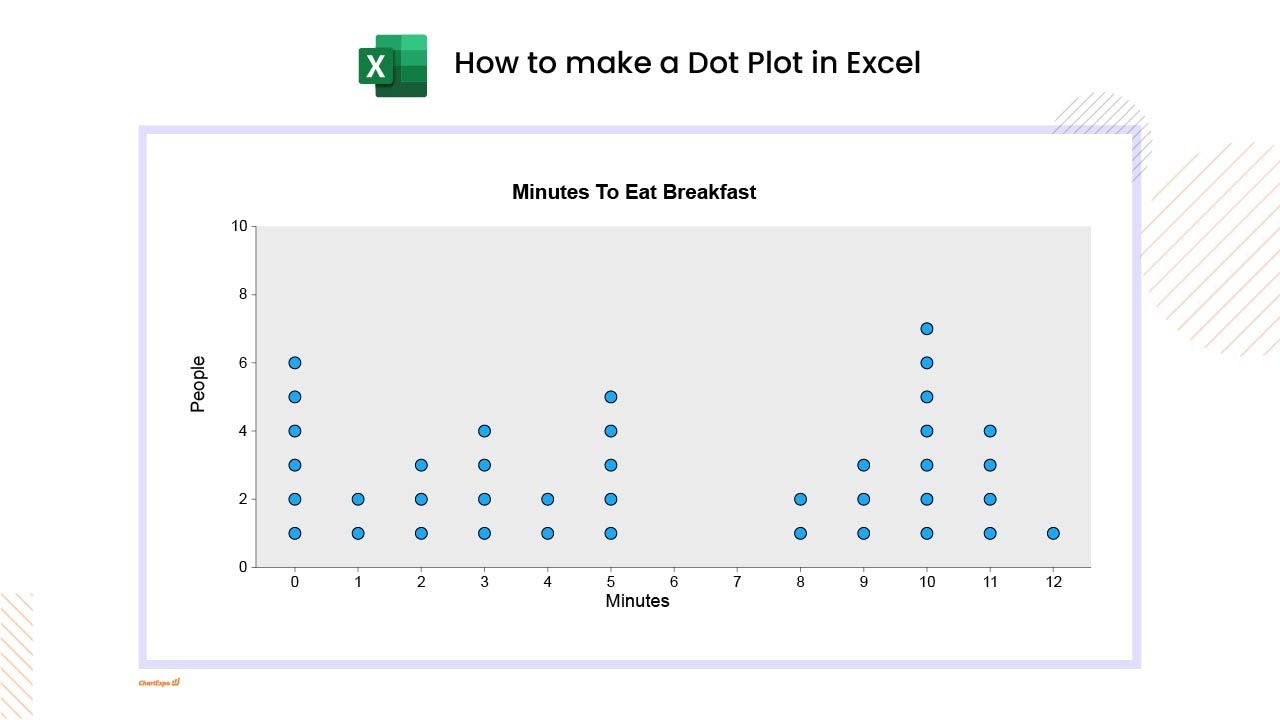5 Excel Ranking Tips for Maximum Efficiency

Excel is an incredibly powerful tool that can revolutionize the way we manage and analyze data. However, to unlock its full potential, it's crucial to master its various functions and features. One such feature, the ranking function, offers a simple yet effective way to organize and prioritize data, making it an indispensable tool for data analysis and decision-making. In this comprehensive guide, we will delve into five expert tips to maximize the efficiency of Excel's ranking functions, empowering you to handle data with precision and speed.
1. Understanding the Basics of Excel Ranking Functions

At its core, Excel’s ranking function is a straightforward tool designed to assign a relative position to each value in a given dataset. This function is particularly useful when you need to prioritize items based on their performance or characteristics. For instance, if you have a list of students’ test scores, you can use the ranking function to identify the top performers and the bottom-ranked students.
There are several ranking functions in Excel, each serving a specific purpose. The most commonly used ones include RANK.AVG, RANK.EQ, and RANK.MAX. Each of these functions employs a slightly different algorithm to assign ranks, allowing you to choose the most suitable method for your data analysis needs.
Here's a quick breakdown of each function:
- RANK.AVG: This function assigns a rank based on the average of ranks that would be assigned if there were no ties in the data. It is particularly useful when you want to avoid favoring one value over another in the case of a tie.
- RANK.EQ: This function ranks values based on their exact position in the dataset, without considering any ties. It is ideal when you want a strict ranking system.
- RANK.MAX: The RANK.MAX function assigns a rank based on the highest values in the dataset. It is beneficial when you want to prioritize the top performers or identify the maximum values in your data.
A Practical Example: Student Test Scores
Let’s consider a scenario where you have a list of student test scores, and you want to rank them to identify the top performers. You can use the RANK.AVG function to assign an average rank to each student, considering any ties in the scores.
| Student | Test Score | Rank (RANK.AVG) |
|---|---|---|
| Alice | 85 | 3 |
| Bob | 85 | 3 |
| Charlie | 90 | 1 |
| David | 78 | 4 |

In this example, Alice and Bob tie for third place with a rank of 3, while Charlie takes first place with a rank of 1. David ranks fourth with a score of 78.
💡 Using RANK.AVG ensures that in the event of a tie, the average rank is assigned, providing a fair representation of the students' performance.
2. Customizing Ranking Criteria: The Power of Parameters

Excel’s ranking functions become even more powerful when you learn to customize them using various parameters. By adjusting these parameters, you can tailor the ranking process to fit your specific data analysis needs.
Exploring the Parameters of RANK.AVG and RANK.EQ
Both RANK.AVG and RANK.EQ functions offer flexibility through their parameters. These parameters allow you to specify the range of data you want to rank, as well as the order in which you want the values to be ranked.
- Number: This parameter represents the value for which you want to find the rank.
- Ref: The range of cells containing the dataset you want to rank.
- Order: This parameter specifies the order in which you want the values to be ranked. It can be set to 0 for descending order (highest to lowest) or 1 for ascending order (lowest to highest).
By manipulating these parameters, you can create custom ranking systems that align perfectly with your data analysis goals.
Case Study: Ranking Employees Based on Sales Performance
Imagine you’re an HR manager analyzing sales performance data for your company. You have a dataset containing employees’ names and their respective sales figures. You want to rank the employees based on their sales performance, with the top salesperson ranking first.
| Employee | Sales ($) |
|---|---|
| Emma | 5000 |
| John | 4500 |
| Rachelle | 4500 |
| Mike | 3800 |
Using the RANK.EQ function, you can rank the employees based on their sales performance. By setting the Order parameter to 0 (descending order), you ensure that the employee with the highest sales figure ranks first.
| Employee | Sales ($) | Rank (RANK.EQ) |
|---|---|---|
| Emma | 5000 | 1 |
| John | 4500 | 2 |
| Rachelle | 4500 | 2 |
| Mike | 3800 | 4 |
💡 Customizing the parameters allows you to create a ranking system that reflects the specific requirements of your data analysis task.
3. Mastering the Art of Conditional Ranking
While the basic ranking functions are powerful in their own right, sometimes you may need to apply more complex conditions to your rankings. This is where conditional ranking comes into play, allowing you to rank values based on specific criteria or conditions.
Introduction to Conditional Ranking Formulas
Conditional ranking formulas in Excel use functions like IF, COUNTIF, or SUMIF in conjunction with ranking functions to create custom ranking systems. These formulas enable you to assign ranks based on specific conditions, making your data analysis more nuanced and precise.
A Real-World Example: Ranking Students Based on Exam Grades
Suppose you’re a teacher grading a class of students and want to rank them based on their overall exam performance. However, you want to give extra weight to students who scored above a certain threshold, say 80%.
| Student | Exam Grade (%) |
|---|---|
| Sarah | 82 |
| Thomas | 75 |
| Lisa | 90 |
| David | 78 |
Using a conditional ranking formula, you can rank the students based on their exam grades, with a higher rank given to those who scored above 80%. This can be achieved using a formula like =RANK.AVG(B2,B$2:B$5,IF(B2>80,1,0)), where the IF function assigns a value of 1 if the grade is above 80 and 0 otherwise.
| Student | Exam Grade (%) | Rank (Conditional RANK.AVG) |
|---|---|---|
| Sarah | 82 | 1 |
| Lisa | 90 | 1 |
| Thomas | 75 | 3 |
| David | 78 | 3 |
💡 Conditional ranking allows you to create sophisticated ranking systems tailored to your unique data analysis requirements.
4. Dynamic Ranking with Excel’s Data Tables
One of the most powerful features of Excel is its ability to create dynamic data tables, which can be leveraged to perform dynamic ranking. Data tables allow you to quickly analyze the impact of changing variables on your ranking results, providing a flexible and efficient way to explore different scenarios.
Creating a Data Table for Dynamic Ranking
To create a data table for dynamic ranking, you’ll need to set up a table with the variables you want to manipulate and the ranking formula you want to apply. Excel will then automatically update the ranking results as you change the variables, making it a powerful tool for scenario analysis.
Scenario: Ranking Investment Portfolios Based on Returns
Imagine you’re a financial analyst comparing the performance of different investment portfolios. You want to rank these portfolios based on their annual returns, but you also want to see how the ranking changes when you adjust the return threshold.
| Portfolio | Annual Return (%) |
|---|---|
| Portfolio A | 12 |
| Portfolio B | 8 |
| Portfolio C | 15 |
| Portfolio D | 10 |
You can set up a data table with the annual returns and a variable return threshold. Then, using a ranking formula like =RANK.AVG(B2,B$2:B$4,IF(B2>Return Threshold,1,0)), you can dynamically rank the portfolios based on their returns. As you adjust the Return Threshold, the ranking will automatically update, giving you a dynamic view of the portfolios' performance.
Benefits of Dynamic Ranking
- Flexibility: Dynamic ranking allows you to explore different scenarios and make data-driven decisions quickly.
- Efficiency: With data tables, Excel handles the heavy lifting, automatically updating rankings as you adjust variables.
- Scenario Analysis: It enables you to analyze the impact of changes in variables on your ranking results, providing valuable insights.
💡 Data tables and dynamic ranking are powerful tools for financial analysis, risk assessment, and decision-making.
5. Advanced Techniques: Utilizing Excel’s Advanced Ranking Functions

For more complex data analysis tasks, Excel offers a suite of advanced ranking functions that can handle nuanced ranking scenarios. These functions, including PERCENTRANK, PERCENTRANK.INC, and PERCENTRANK.EXC, provide powerful tools for ranking data based on percentiles.
Understanding Percentile Ranking with PERCENTRANK Functions
Percentile ranking is a powerful technique that allows you to rank values based on their position within a distribution. The PERCENTRANK functions in Excel help you calculate the relative standing of a value within a dataset, expressed as a percentage.
- PERCENTRANK: This function calculates the percentile rank of a value in a dataset, treating the dataset as a continuous distribution.
- PERCENTRANK.INC: Similar to PERCENTRANK, but includes the lowest and highest values in the dataset when calculating percentiles.
- PERCENTRANK.EXC: This function excludes the lowest and highest values in the dataset when calculating percentiles, making it useful for datasets with outliers.
Applying Percentile Ranking to Real-World Data
Let’s consider a scenario where you’re analyzing the response times of a customer support team. You want to rank the team members based on their response times, but you also want to know their percentile ranking to identify the fastest and slowest responders.
| Agent | Response Time (mins) |
|---|---|
| Agent A | 12 |
| Agent B | 8 |
| Agent C | 15 |
| Agent D | 10 |
Using the PERCENTRANK.INC function, you can calculate the percentile ranking of each agent's response time. This allows you to identify the fastest and slowest responders relative to the entire dataset.
| Agent | Response Time (mins) | Percentile Rank (PERCENTRANK.INC) |
|---|---|---|
| Agent B | 8 | 0.5 |
| Agent D | 10 | 0.75 |
| Agent A | 12 | 0.875 |
| Agent C | 15 | 1 |
💡 Percentile ranking with PERCENTRANK functions provides valuable insights into the relative performance of values within a dataset.
Conclusion: Excel’s Ranking Functions as a Powerful Data Analysis Tool
Excel’s ranking functions are a versatile and powerful tool for data analysis, offering a wide range of features to suit various data analysis needs. From basic ranking functions to advanced percentile ranking, Excel provides the flexibility to create custom ranking systems that align with your specific requirements.
By understanding the basics, customizing ranking criteria, mastering conditional ranking, utilizing dynamic ranking with data tables, and exploring advanced ranking functions, you can unlock the full potential of Excel's ranking capabilities. These skills will empower you to handle complex data analysis tasks with efficiency and precision, making Excel an indispensable tool in your data analysis toolkit.
FAQ
How do I rank values in Excel without using any built-in ranking functions?
+While Excel’s built-in ranking functions are powerful, you can also create a custom ranking system using simple formulas. For example, you can use the COUNTIF function to count the number of values above or below a certain threshold and then rank them based on this count. This method, although more manual, provides flexibility for specific ranking criteria.



